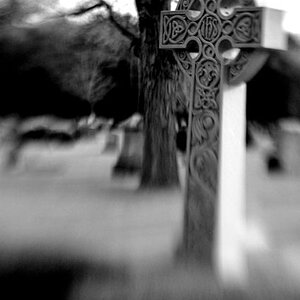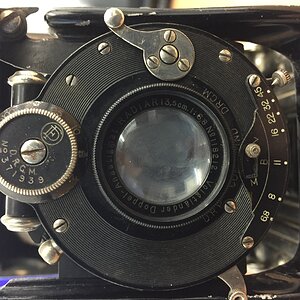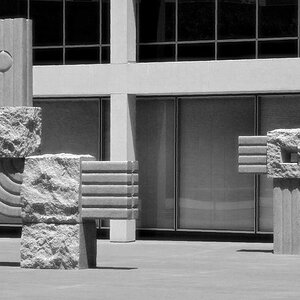Navigation
Install the app
How to install the app on iOS
Follow along with the video below to see how to install our site as a web app on your home screen.

Note: This feature currently requires accessing the site using the built-in Safari browser.
More options
You are using an out of date browser. It may not display this or other websites correctly.
You should upgrade or use an alternative browser.
You should upgrade or use an alternative browser.
Tips for P&S flash
- Thread starter Sydkid
- Start date
- Joined
- Dec 16, 2003
- Messages
- 33,896
- Reaction score
- 1,853
- Location
- Edmonton
- Website
- www.mikehodson.ca
- Can others edit my Photos
- Photos NOT OK to edit
I wouldn't call them blown out...but they certainly have 'flat' lighting...and it may be a bit too bright.
I don't know what camera/flash you have...but you can usually turn the flash exposure down. Check your manual. That won't solve the flat light problem though. That is a result of the flash being close to the lens. The light hits the subject at the same angle as the lens (or pretty close) so there is not depth to the subject. This is why 'off camera lighting' looks so much better.
As for the 'dark halo'...that's a shadow. The flash, this is a problem of the flash being away from the lens (kind of the opposite to your other problem). The angle that the light hits the subject, causes a shadow to be cast behind them. If there is a wall or something right behind them, then the shadow shows up. The key to fixing this, is to either move the subject away from the wall and/or put the flash in a position where the shadow won't show up in the image. For example, a flash bracket is often used to keep the flash above the camera, even when the camera is turned to portrait orrientation. The flash is high above the lens, so the shadow is case directly behind and below the subject, where the lens can't see it. Or, if the flash/light was well off to the side, the shadow would fall to the other side. Either of these things would also solve your red-eye problem.
I don't know what camera/flash you have...but you can usually turn the flash exposure down. Check your manual. That won't solve the flat light problem though. That is a result of the flash being close to the lens. The light hits the subject at the same angle as the lens (or pretty close) so there is not depth to the subject. This is why 'off camera lighting' looks so much better.
As for the 'dark halo'...that's a shadow. The flash, this is a problem of the flash being away from the lens (kind of the opposite to your other problem). The angle that the light hits the subject, causes a shadow to be cast behind them. If there is a wall or something right behind them, then the shadow shows up. The key to fixing this, is to either move the subject away from the wall and/or put the flash in a position where the shadow won't show up in the image. For example, a flash bracket is often used to keep the flash above the camera, even when the camera is turned to portrait orrientation. The flash is high above the lens, so the shadow is case directly behind and below the subject, where the lens can't see it. Or, if the flash/light was well off to the side, the shadow would fall to the other side. Either of these things would also solve your red-eye problem.
Sydkid
TPF Noob!
- Joined
- Jun 24, 2008
- Messages
- 62
- Reaction score
- 0
- Can others edit my Photos
- Photos NOT OK to edit
Thanks for the quick response! Can you explain what a flash bracket is? My flash is in a fixed position on top of the camera (Canon S3 IS). I have tried knocking down the power of the flash, but it still seems too powerful. I've even put a dish cloth over it, but to no avail.
KD5NRH
TPF Noob!
- Joined
- Apr 26, 2008
- Messages
- 308
- Reaction score
- 1
- Location
- Stephenville TX
- Website
- kd5nrh.blogspot.com
- Can others edit my Photos
- Photos OK to edit
What I've tried with the S2 is to put some diffuser material (WalMart craft section, blank stencil material works well for about $3-4) angled over the flash so as to both soften what's coming straight out, and bounce some up toward the ceiling. Cut a strip a bit wider than the flash itself, bend it to shape, and use scotch tape to attach it to the body under the flash. You'll probably have to turn the flash compensation up a bit, as this can be pretty inefficient.
You might also want to try the same thing with a piece of white cardstock, which will have a similar effect, but with a lot more of the light being bounced upward.
You might also want to try the same thing with a piece of white cardstock, which will have a similar effect, but with a lot more of the light being bounced upward.
Similar threads
- Replies
- 11
- Views
- 230
- Replies
- 6
- Views
- 149
- Replies
- 4
- Views
- 255


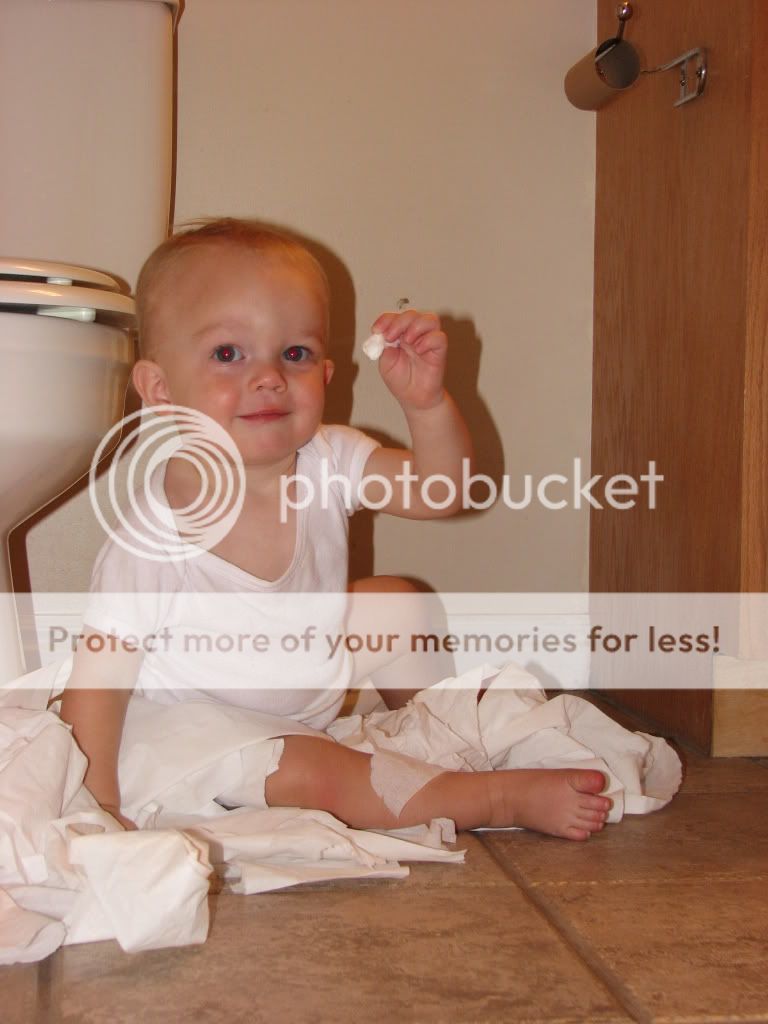
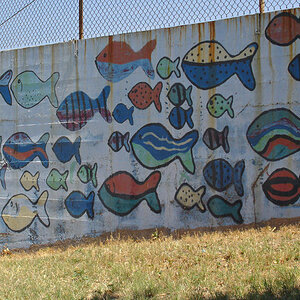
![[No title]](/data/xfmg/thumbnail/42/42458-8274869c9294d2f0655f80c8f0e6048c.jpg?1619740191)
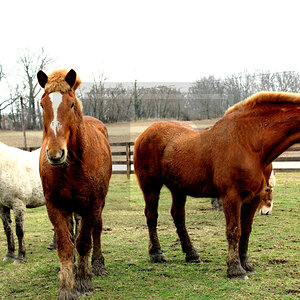
![[No title]](/data/xfmg/thumbnail/31/31089-cc3a7a6049305e29a6be920fad49acce.jpg?1619734605)
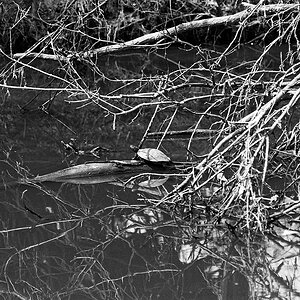
![[No title]](/data/xfmg/thumbnail/42/42457-a2cc06037a1ecaed84b9f0e5366fa8c7.jpg?1619740191)
